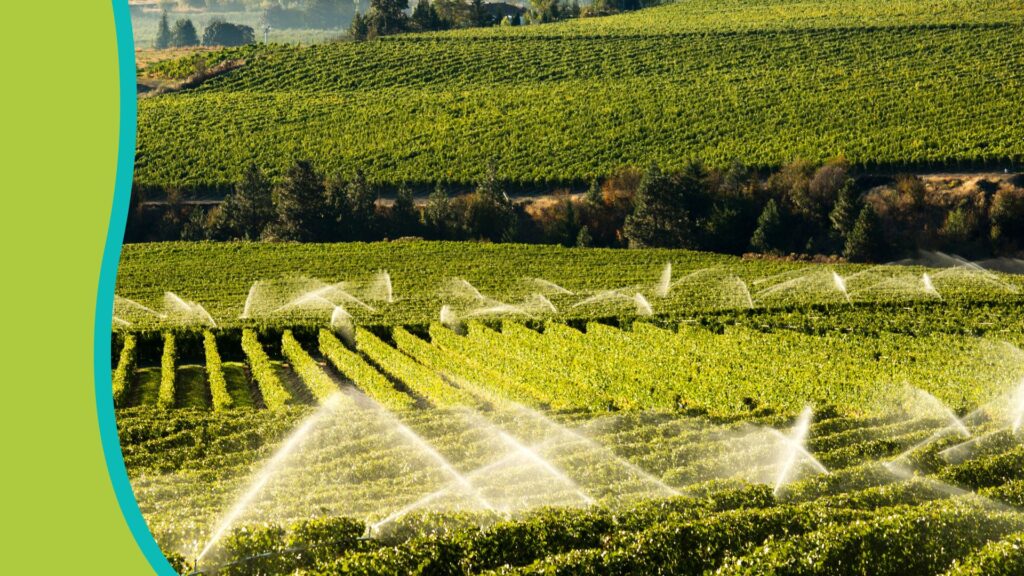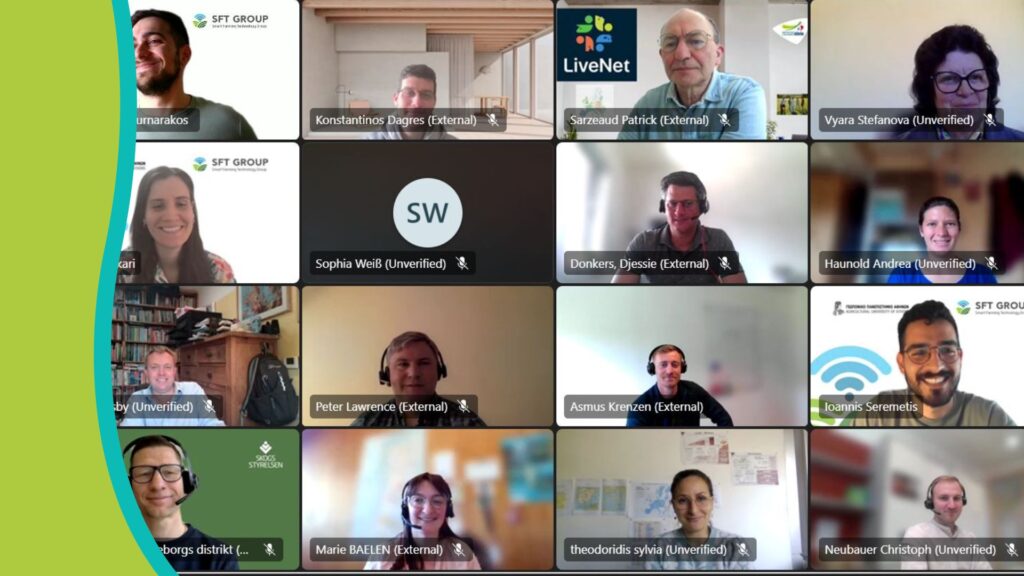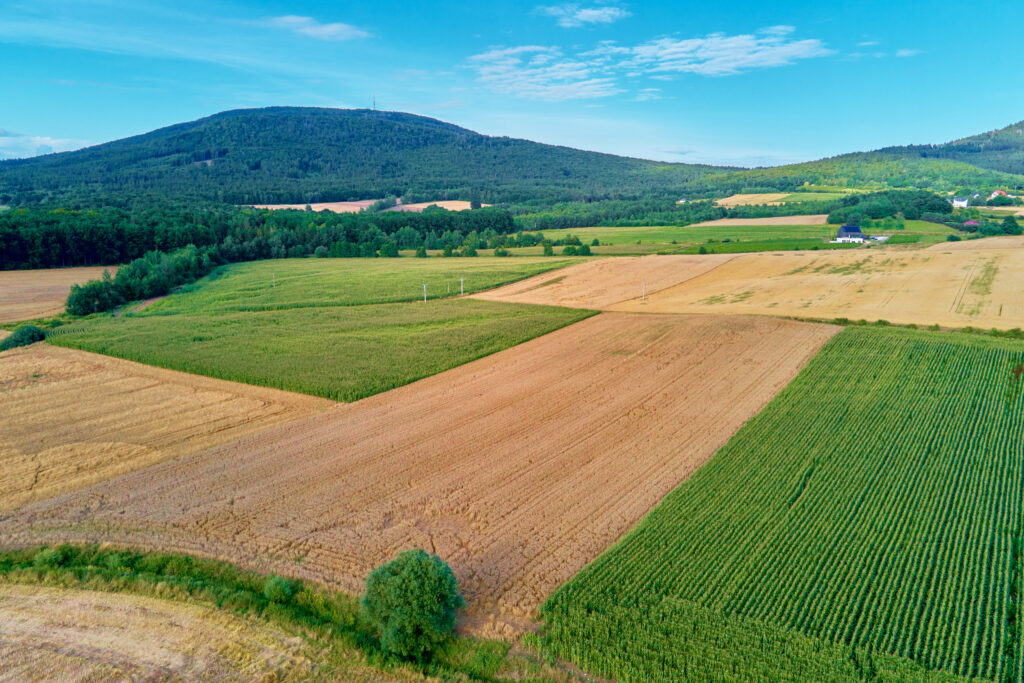Since 2023, new EU regulations have come into force, introducing changes to the types of available support and the rules for granting support under the Common Agricultural Policy (CAP 2023-2027). A new environmentally friendly element of the direct payments system is the eco-schemes. Eco-schemes support farmers in adopting practices that minimize agriculture’s negative impact on the environment and climate and help them evolve toward more sustainable farming models. The budget allocated for eco-schemes constitutes a minimum of 25% of the direct payments per year (averaging around 884 million EUR/year).
Eco-schemes are annual, paid practices tailored to national conditions and needs, but the European Commission assesses them in terms of achieving the new CAP’s environmental and climate goals.
In Poland, eco-schemes have been designed to promote practices that translate into agricultural income by enhancing soil fertility, rational fertilization, and improving crop quality. A wide range of good practices is available for farmers to choose from that best meet their needs. One of the area-based eco-schemes is Integrated Plant Production.
The Integrated Plant Production (IP) eco-scheme is gaining increasing interest among Polish farmers yearly. In 2024, The Agency for Restructuring and Modernisation of Agriculture received 13,455 applications declaring their intent to implement this eco-scheme, reflecting a twofold increase compared to 2023.
The adoption of technologies that adhere to the principles of integrated production allows for the creation of healthy plant-based food. This, in turn, translates into marketing benefits from the sale of food with officially certified quality, marked with the registered IP trademark.
The advantages of integrated production include:
- Additional payments under the IP eco-scheme.
- Guarantee of full direct payments.
- Increased export opportunities by meeting international safety standards.
- Enhanced competitiveness of products in the domestic market.
- Possibility of obtaining points in PS WPR interventions 2023-2027.
In 2025, different payment rates are expected for crop groups, such as 146.07 EUR/ha for arable crops, 342.70 EUR/ha for fruit plants, and 309.21 EUR/ha for berry and vegetable crops. Payments will be made only for crops managed according to integrated production methodologies.
Entry Costs for the Integrated Production System
To begin the certification of crops, a farmer must undergo mandatory training in integrated plant production at an average cost of about 85 EUR, with recertification required every five years. To obtain the IP certificate, an application must be submitted to a certifying entity, and the certificate must be renewed annually. The certification process includes:
- Registration of the producer.
- Planning actions related to the evaluation.
- On-site inspections.
- Inspections and sampling for analysis on some farms.
- Analysis of documentation maintained by the farmer.
- Issuance of the certificate and oversight of its validity.
The total cost of certification ranges from 300 to over 1200 EUR, depending on the size of the farm and the number of certified species. A typical certification service covers three types of crops, and for small or medium-sized Polish farms, costs will typically amount to approximately 350-600 EUR annually. Each additional species covered by certification increases the cost by about 60 EUR. Additional costs should also be considered, such as travel to the farm, issuance of the certificate in English, consultancy fees, assistance with documentation, as well as the purchase of fertilizers and plant protection products permitted in the IP system.
Is Investment in the Integrated Production Worth It?
The support received through this eco-scheme significantly assists in covering the aforementioned costs and implementing modern technologies. If annual certification fees amount to a maximum of 600 EUR, EU subsidy funds will cover these costs for vegetable and fruit crops from 3 ha and for arable crops from 5 ha. The larger the land a farmer possesses, the more profitable the investment becomes. The average area of agricultural land for 2024 was 11.6 ha for the average Polish farm, so many farmers will benefit significantly from subsidies. However, certification costs can be substantial for smaller farms. It is also crucial to account for a buffer for additional costs, which can be significant (even 250 EUR) if re-analyses and controls are needed due to irregularities.
Despite the high initial costs, Integrated Production offers numerous long-term benefits, including increased value and attractiveness of products in both Polish and international markets, higher incomes, quality certifications, and support for environmental protection.
This system represents an opportunity for the development of sustainable agriculture; however, the decision to implement it should be preceded by a detailed analysis of the cultivation methodologies’ requirements, certification costs, available subsidies, and additional benefits stemming from the Integrated Production certificate.


